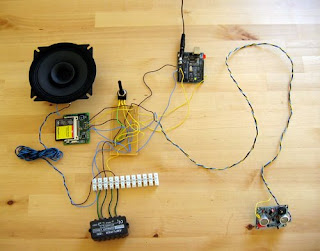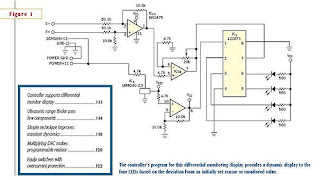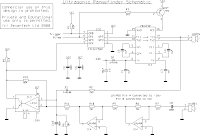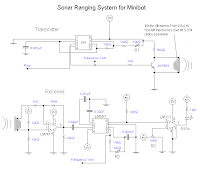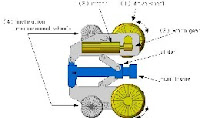Than 10µA
A light-sensing circuit that consumes very little power can
serve as an automatic backlight sensor in portable instruments.
This function is easily implemented with a logic gate or
Schmitt-trigger inverter, but those approaches draw a
considerable amount of supply current.

Figure 1. This light sensor provides a low-to-high output
transition at a light level determined by the value of R1.more
transition at a light level determined by the value of R1.more
Sensing Light with a Programmable Gain Amplifier
INTRODUCTION
Photo sensors bridge the gap between light and electronics.
Microchip’s Programmable Gain Amplifiers
(PGAs) are not well suited for precision applications
(such as CT scanners), but they can be effectively used
in position photo sensing applications minus the headaches
of amplifier stability.
Photo sensors can be connected directly to Microchip’s PGA.
Based on the level ofluminance to the photo sensor, the gain
of the signal can be changed through the SPI™ port of the
MCP6S26, six-channel PGA.
more pdf
8 Photo-Detector Circuitboards
Visible and Infrared Light
A new version of the 8 Photo-Detector circuitboard where the
Outputs Are LOW When The Inputs Are LOW.
(The LEDs are ON when the Phototransistors are exposed to light.)
Based on the level ofluminance to the photo sensor, the gain
of the signal can be changed through the SPI™ port of the
MCP6S26, six-channel PGA.
more pdf
8 Photo-Detector Circuitboards
Visible and Infrared Light
A new version of the 8 Photo-Detector circuitboard where the
Outputs Are LOW When The Inputs Are LOW.
(The LEDs are ON when the Phototransistors are exposed to light.)
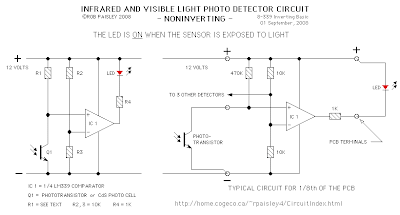
more
MAKING A LIGHT / DARK SENSOR
Opposite is a simple light/ dark sensor. This can be connected
as an input or switch to another circuit. The sensors has three
green wires (1, 2 and 3). Wire 2 should always be connected
to one of the inputs. If wire 1 is also connected then the sensor
acts as a dark sensor. If wires 2 and 3 are connected to the
inputs then sensor operates as a light sensor.
Photodiode and Light Sensor





